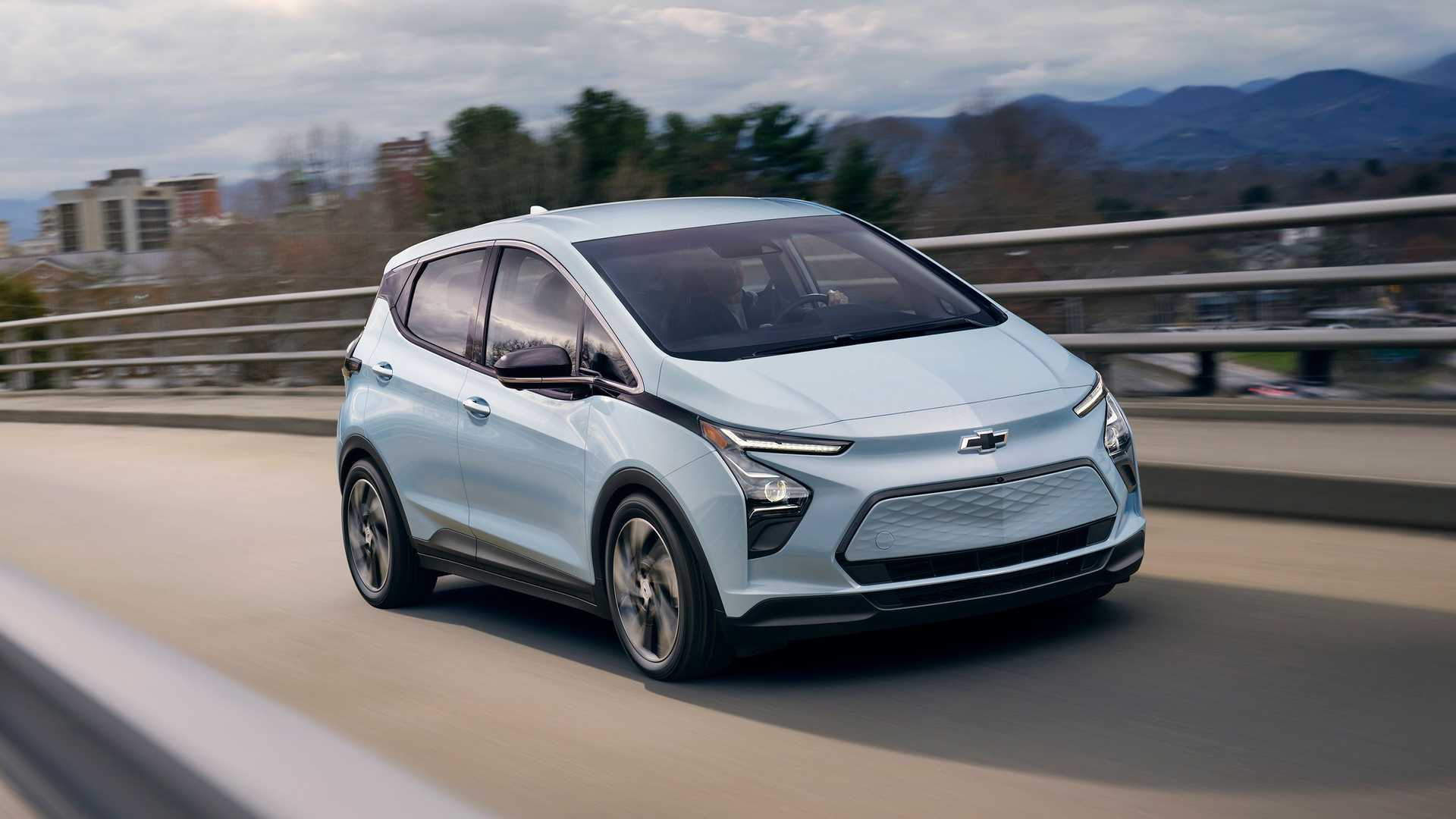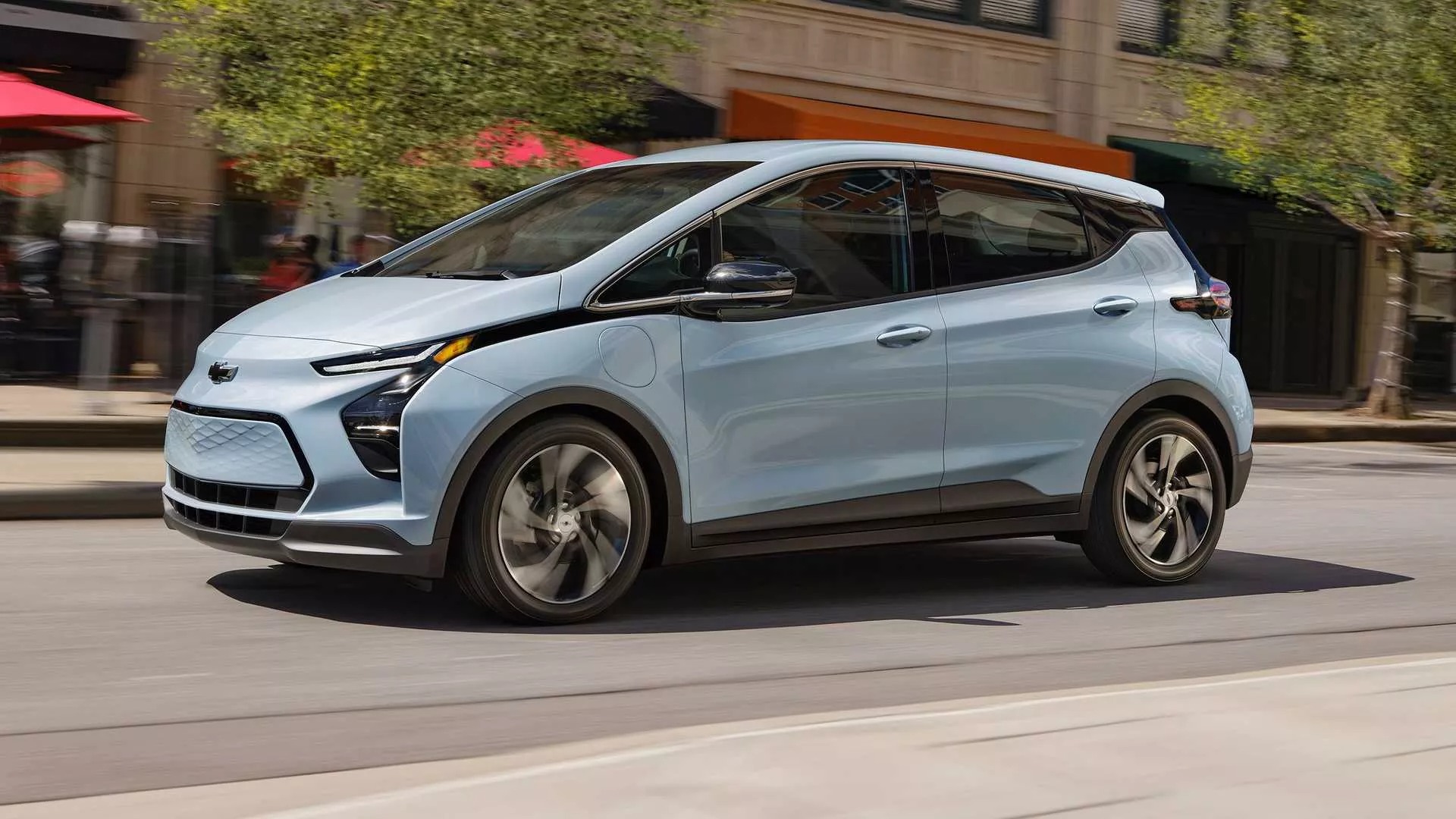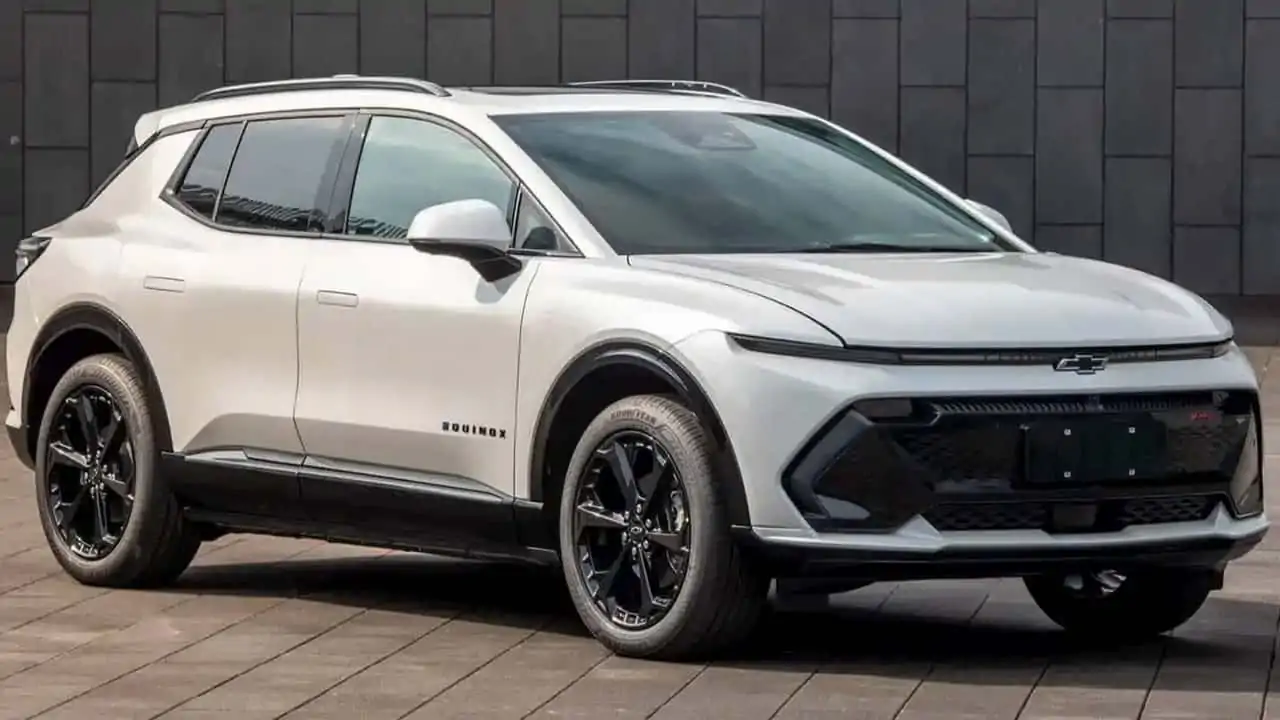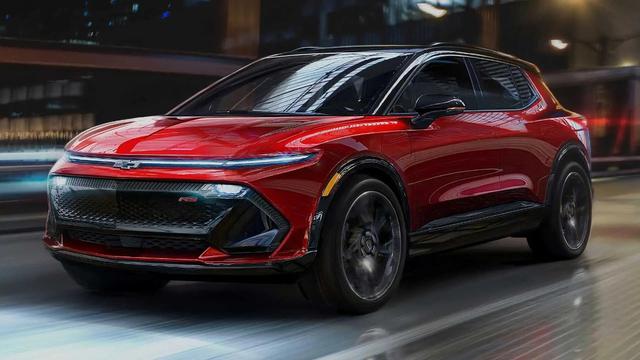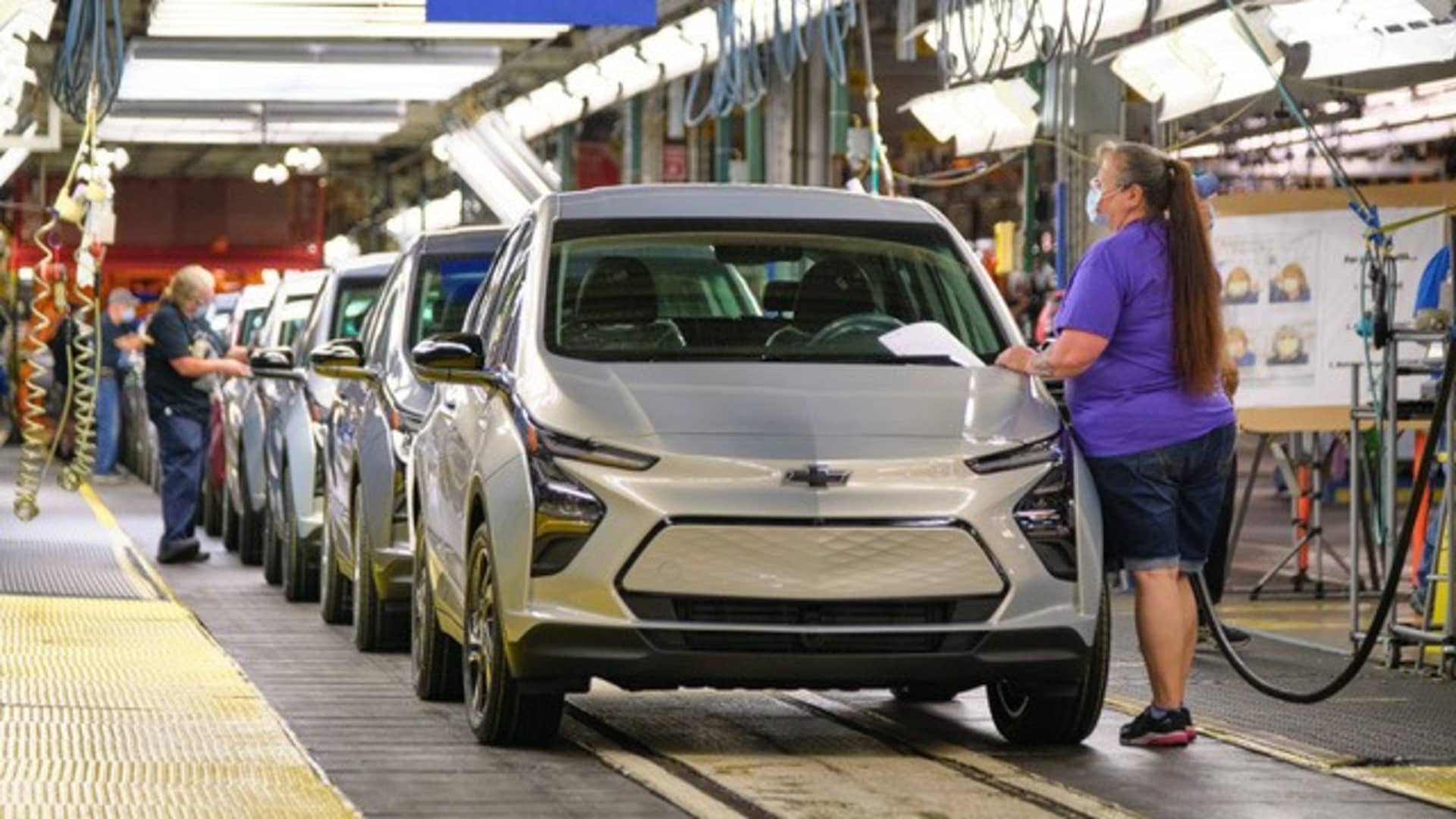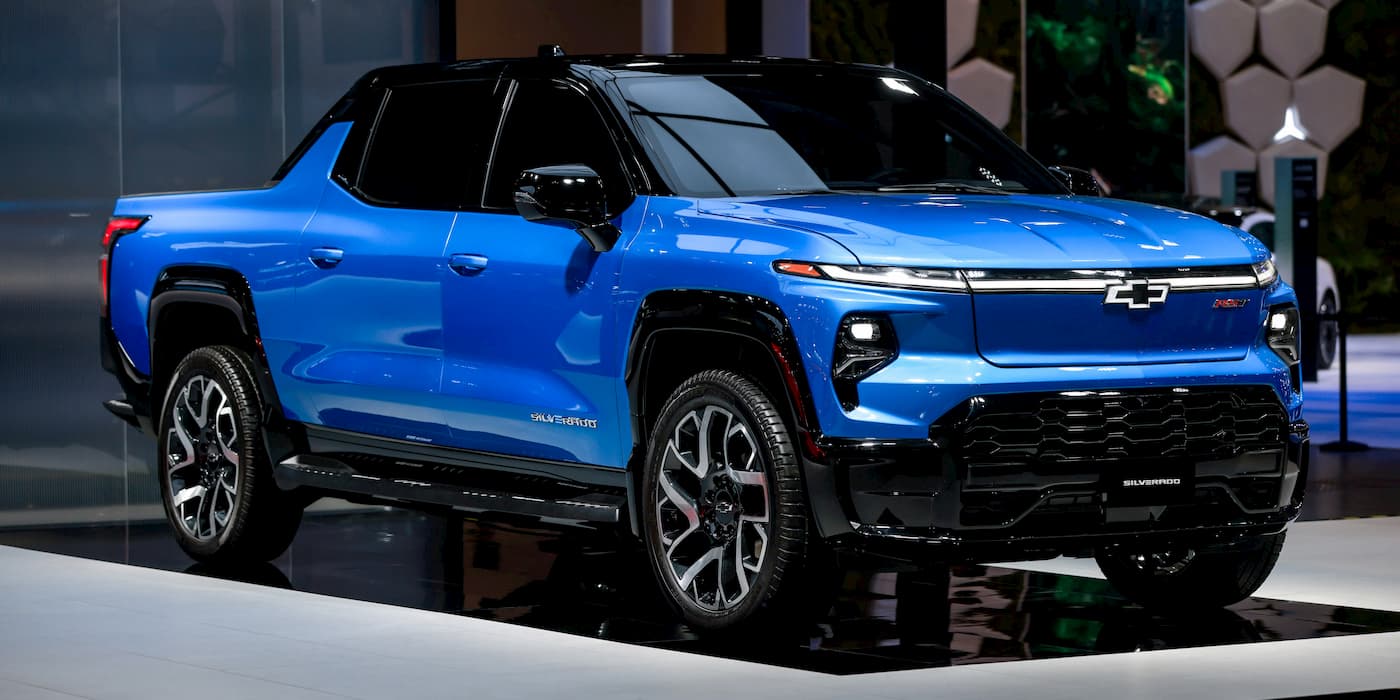In the ever-evolving landscape of electric vehicles, the Chevrolet Bolt EV has emerged as an appealing option for budget-conscious consumers. While its array of features garners attention, the focus on driver assist technologies sets this electric vehicle apart. Such systems not only elevate the driving experience but also bolster safety measures for both driver and passengers.
Recent advancements in driver assist technology have led to remarkable progress, enabling automakers to introduce hands-free driving capabilities. General Motors, for example, has pioneered this trend through its Super Cruise system, which allows for hands-free driving on supported models. Similarly, Ford has unveiled plans to provide a hands-free driving software update for the Mustang Mach-E, an electrified version of its popular gasoline model.
See also: Powered by Ultium: GM Confirms Next-Generation Chevrolet Bolt EV
When the Chevrolet Bolt EV was introduced in 2015, it aimed to challenge the dominance of Tesla in the EV segment. Today, the landscape has transformed, with numerous automakers unveiling their own lineups of electric vehicles. Alongside the original Bolt EV, Chevrolet’s electric fleet now includes the Bolt EUV, Silverado EV, and Blazer EV. To expedite the Bolt’s development, Chevrolet collaborated with LG Corporation to produce key components such as the battery and drivetrain. Regrettably, the Bolt EV has encountered its share of challenges, as evidenced by a significant recall last year. The recall was prompted by concerns over potential battery-related fire risks.
It’s worth noting that unlike GM’s other electric models, the Chevrolet Bolt EV is equipped with Chevy Safety Assist instead of the Super Cruise system. Although it may not tout itself as “hands-free,” Chevy Safety Assist comprises a suite of advanced driver safety features. This technology is currently available in select Chevrolet models including the Spark, Camaro, Corvette, Tahoe, Suburban, and both the Bolt EV and Bolt EUV. The package encompasses six key safety features: Automatic Emergency Braking, Forward Collision Alert, Front Pedestrian Braking, Following Distance Indicator, Lane Keeping Warning, and Intellibeam Auto High Beam Assist. All of these features are readily accessible for Bolt EV owners.
See also: Affordable EVs Compared: Kia Niro EV Vs Chevrolet Bolt
Front Pedestrian Braking stands out as a technology designed to detect and mitigate potential collisions with pedestrians. This system can provide alerts and initiate emergency braking if a collision risk is identified. Forward Collision Alert complements this capability by notifying the driver of potential front-end collisions with the vehicle ahead. Notably, the Automatic Emergency Braking feature operates in tandem with this warning system.
IntelliBeam Auto High Beams offer added convenience by automatically adjusting the vehicle’s high beams based on surrounding traffic conditions. The Lane Keep Assist feature works in conjunction with lane departure warning to help the driver maintain their intended lane. If a sudden lane departure is detected, the system provides subtle steering input to alert the driver. It’s important to mention that these alerts are deactivated when the turn signal is in use or when the vehicle intentionally changes lanes. The Following Distance Indicator is yet another valuable inclusion, displaying the time gap between the Bolt EV and the vehicle ahead, assisting the driver in making informed decisions about speed adjustments.

